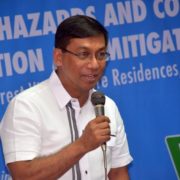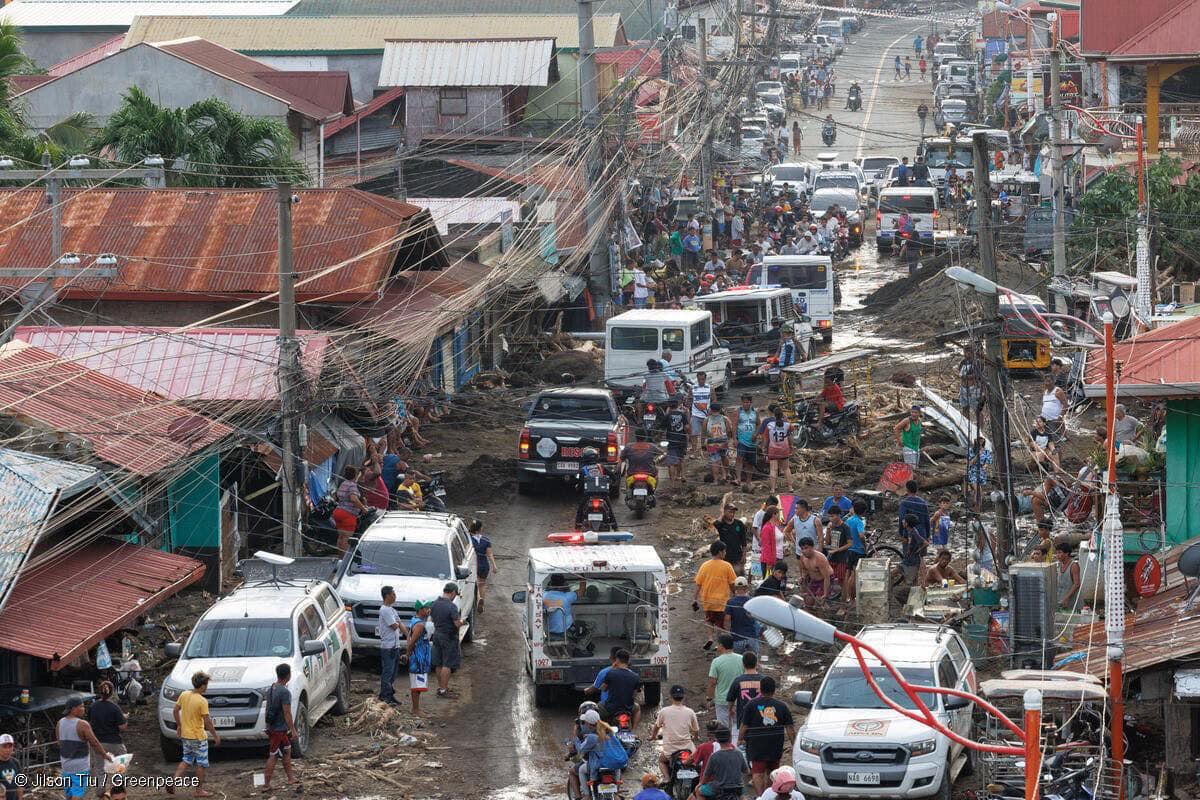Amid the vulnerability of the country to natural hazards, Philippine Institute of Volcanology and Seismology (PHILVOCS) director Renato Solidum Jr. admitted on Monday, September 17, that the nation remains unprepared for major catastrophes, one of which is the most recent, Typhoon Ompong.

Solidum explained that the country still lacks the necessary precautions in dealing with the extreme weather conditions brought about by its geographical location and structure. He further discussed his point by comparing the Philippines to a boxer as reported by The Philippine Star.
“If you’re a boxer like Senator Manny Pacquiao who has fought many different weights, he has to prepare differently for different opponents. If his opponent is large and heavy then his preparedness must be different and if it’s a heavyweight, your preparedness should also be heavyweight,” Solidum said in an interview with One News’ “The Chiefs.”
The PHILVOCS director who also happened to be the science undersecretary for disaster risk reduction and climate change warned the public to be on alert for more catastrophes as an effect of the impending climate change.
“Because of global warming the intensity of the typhoons may increase but the numbers may not,” he noted.
He stated that global warming would pose more danger as typhoons tend to be wetter and more intense. The director emphasized how the increase in temperature would cause both the dry and rainy season all at the same time as explained by the water cycle.
“Also because of the warmer temperature there will be faster evaporation, meaning more rains and also more extreme droughts,” Solidum said.
Solidum also noted that the country is used to prepare for less threatening hazards. He urged them to now focus more on addressing disasters with the maximum damages and even casualties.
“I think we will find out that many of our preparedness is for lightweight disasters. We need to prepare for the large-scale ones,” he said.
Environmental planner and landscape architect Paulo Alcazaren in the same interview encouraged the local government units to “recalibrate” their disaster preparedness measures.
“Planning before was based on historic disasters, which are now erased. You have to raise the bar, so to speak, in terms of what the historic levels from the floods are, what the strength of the storm is, we have to recalibrate. It is an enormous task,” Alcazaren said.
Alcarazen said that they initiated the program but in order to resolve the possible issues catastrophe might entail, the program must be continuous.
“We’re already starting but it has to be continuous up to a point that we can address the possible repercussion of climate change,” he added.
Both Solidum and Alcazaren also urged the passage of a National Land Use Act to be able to mitigate the risks brought by natural calamities.
“The National Land Use Act needs to be pushed and needs to embed all the disaster risk mitigation elements as part of planning, not as an afterthought but already as we plan,” Alcazaren said.
The architect also explained that without the law, they are unable to aid should there be a disastrous incident.
“If they cannot enforce the law (on land use) we can’t do anything. We can assist technically, the national government can aid and professional organizations can help, but the policing power is really with the LGUs. If the mindset is not there, nothing will happen,” he said.
Solidum also informed the public that such law is included in the plans of President Rodrigo Duterte while he is in office.
“Unfortunately, we don’t have a National Land Use law yet and this is one of the legislative agenda of the current administration. Right now what’s happening is the LGUs, depending on their advocacy, would create laws at the local level. But we must have national standards that must be followed wherever we go. It’s important,” he stressed.






